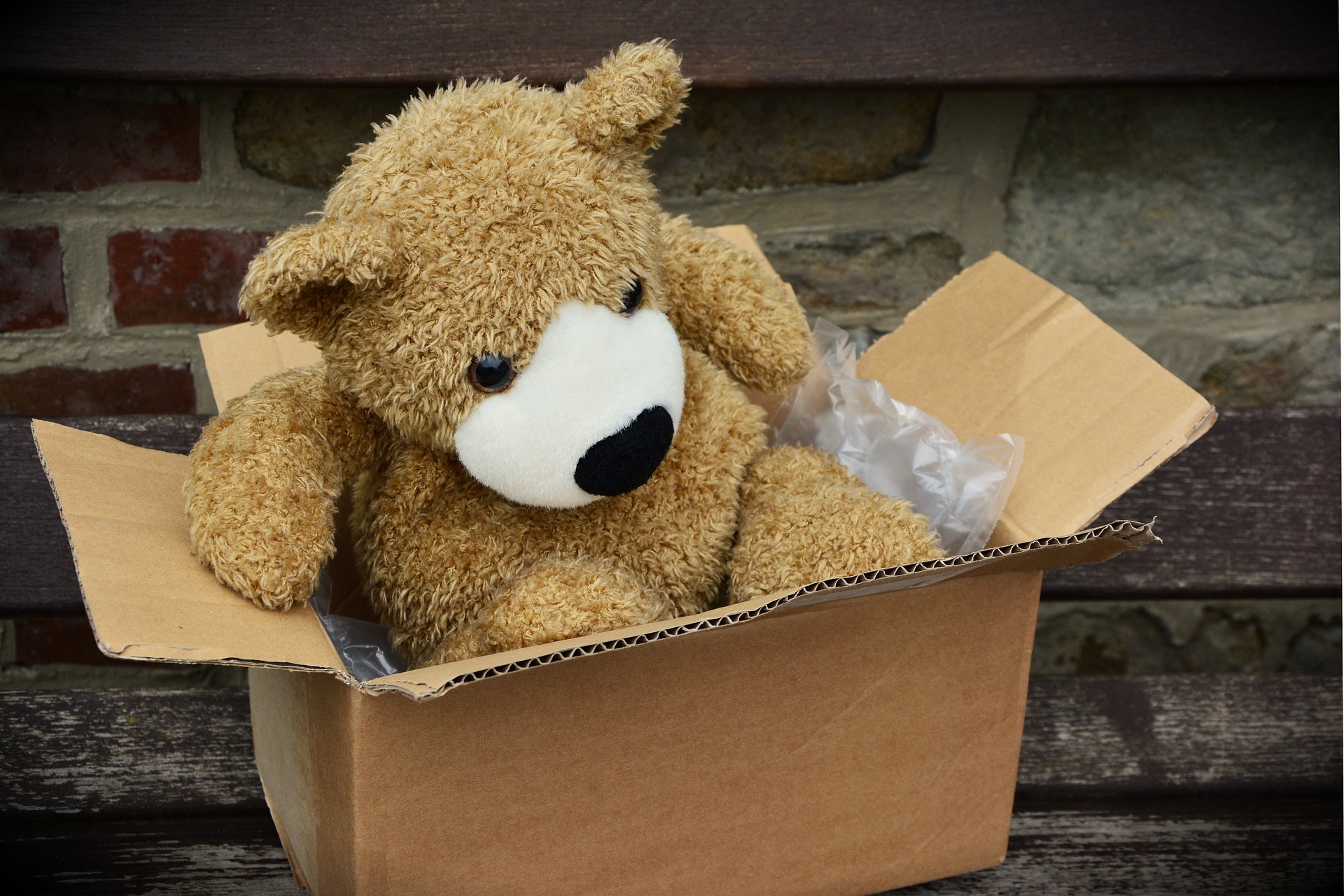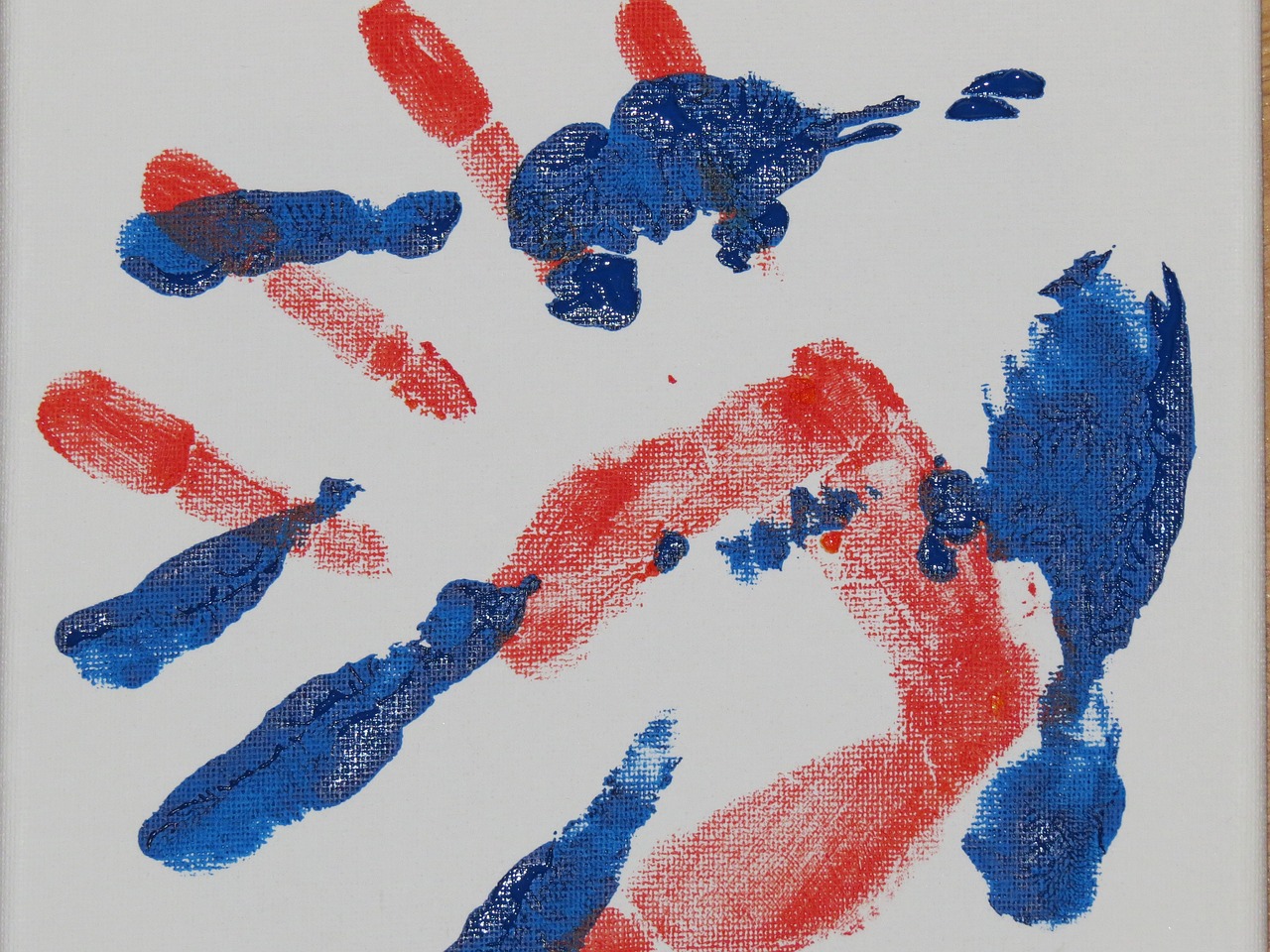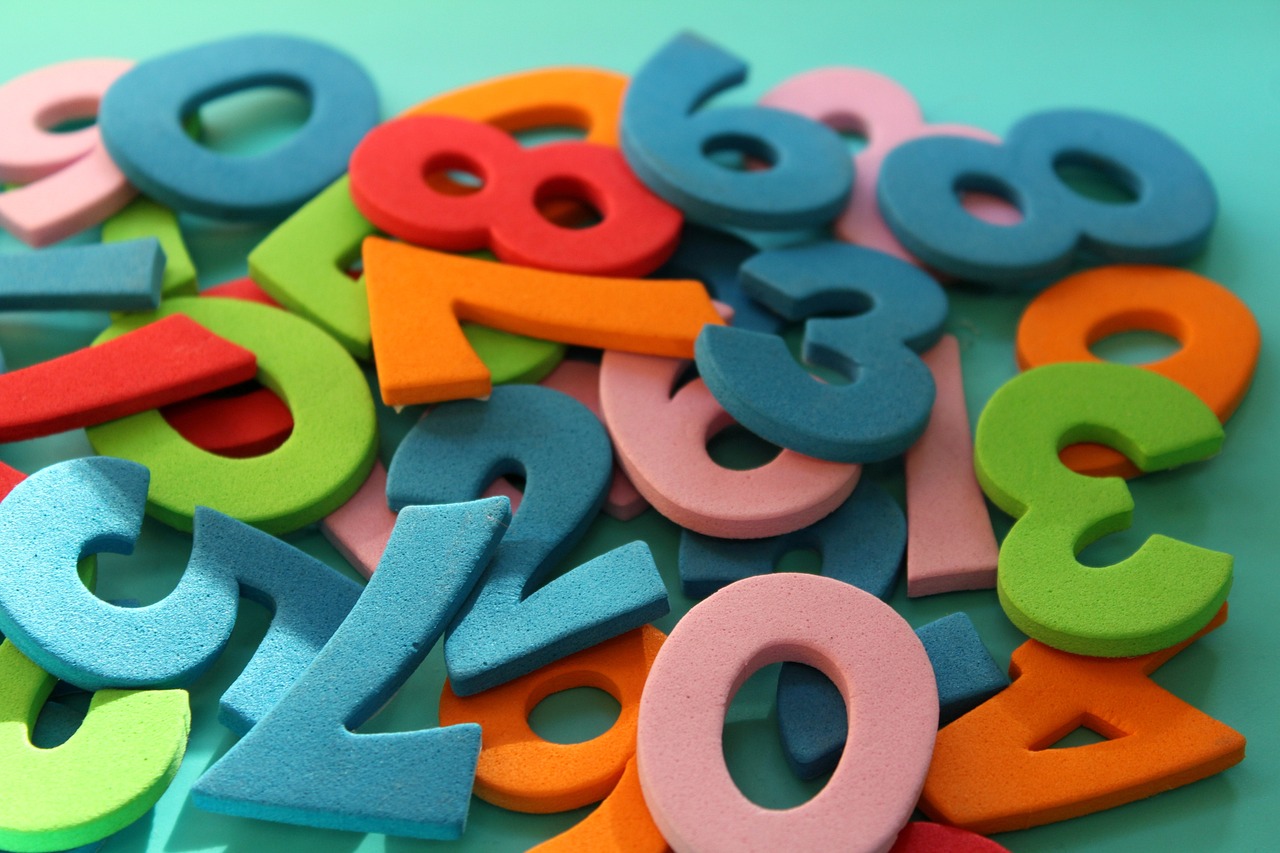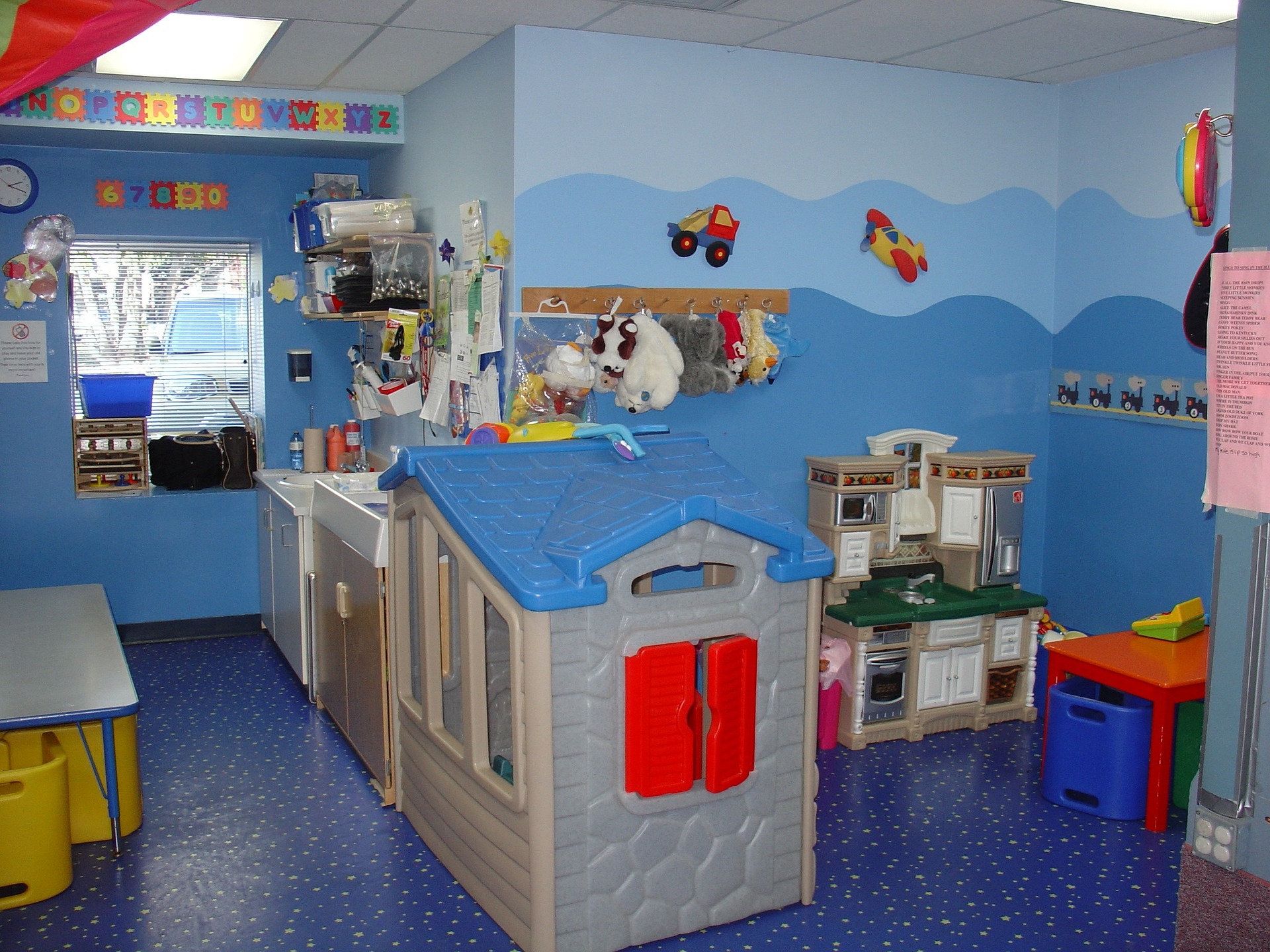Learning Environment and Resources
Completion requirements
What makes an effective resource?Resources need to provide age-appropriate, child-centred learning opportunities. |
Choose resources that:
- children can use safely
- provide open-ended, creative opportunities and do not limit children’s imaginations. For example, cardboard boxes, pieces of fabric, natural items such as stones and shells


- allow children to make choices, play independently and take responsibility. For example, by learning how to use art and design materials safely, children can decide to use them in their play without adult support and can put them away after use.
- provide opportunities for developing more than one skill at a time. For example, construction blocks help to develop fine motor skills, enable children to express themselves creatively and provide opportunities for mathematical learning.



- promote collaborative activities that support children’s personal, social and emotional development
- promote and develop children’s own interests
- are multisensory, providing opportunities for children to interact and explore with different senses
- will survive children’s interaction and exploration, and can be easily kept clean


- promote diversity. For example, toy people of different ages, ethnicities, cultural dress, abilities (e.g. wearing glasses), or that demonstrate roles that avoid gender stereotypes
- allow for children’s different developmental rates
- build on and challenge children’s thinking and skills. For example, allowing children to pose questions, test their ideas, repeat their previous experiences, learn from their experiences.
